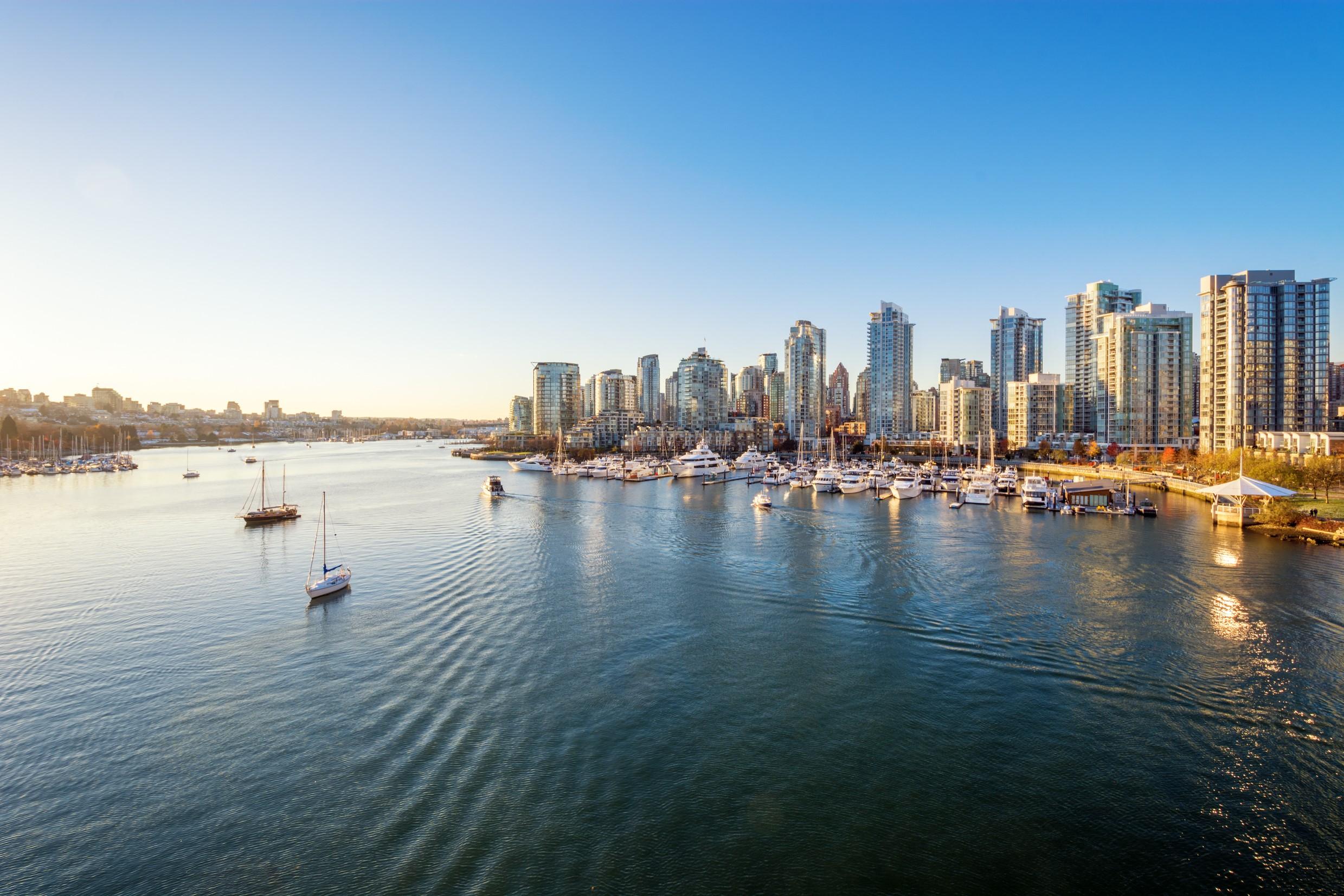This website uses cookies so that we can provide you with the best user experience possible. Cookie information is stored in your browser and performs functions such as recognising you when you return to our website and helping our team to understand which sections of the website you find most interesting and useful.

The long-awaited government list of countries where travel restrictions will be lifted has finally been published.
The only hiccup? There are actually two separate lists, and they don’t match up.
Previously, a “double lock” prevented nearly all international travel: the Foreign Office (FCO) advised against all non-essential travel abroad, invalidating Britons’ travel insurance, and a mandatory 14-day quarantine period was imposed on all inbound arrivals to the UK.
After much speculation, on 3 July the Department for Transport (DfT) revealed its list of 59 destinations where, from 10 July, travellers would no longer have to self-isolate for two weeks upon return to England.
Would-be holidaymakers and the travel industry assumed this also meant the FCO travel warning had been lifted for these countries and territories.
But it has transpired that a separate list has been drawn up for 67 places where the FCO blanket advice against non-essential travel no longer applies from 4 July – and the two lists diverge quite significantly.
While the FCO says you’re fine to travel to Canada, for example, when you come home you can expect to quarantine for 14 days.
Meanwhile, the “travel corridor” arrangement published by the DfT means you can visit the Seychelles without self-isolating upon your return, but the FCO advice against non-essential travel there still stands, invalidating your insurance.
In fact, only 48 destinations are included in both exemptions – a fact that is tricky to ascertain, as the two lists are formatted differently (one alphabetically, one divided by continent).
Industry figures have criticised a system that seems to offer more confusion for holidaymakers.
“Good news. There appear to be two lists with different countries on each one,” tweeted Which? travel editor Rory Boland.
“One has countries which are exempt from quarantine. The other countries where the FCO will lift its travel warning.
“These should be the same. They aren’t.”
Created with Sketch.
Created with Sketch.
1/12
Paddy Dowling/EAA
2/12
Paddy Dowling/EAA
3/12
Paddy Dowling/EAA
4/12
Paddy Dowling/EAA
5/12
Paddy Dowling/EAA
6/12
Paddy Dowling/EAA
7/12
Paddy Dowling/EAA
8/12
Paddy Dowling/EAA
9/12
Paddy Dowling/EAA
10/12
Paddy Dowling/EAA
11/12
Paddy Dowling/EAA
12/12
Photos Paddy Dowling/EAA
1/12
Paddy Dowling/EAA
2/12
Paddy Dowling/EAA
3/12
Paddy Dowling/EAA
4/12
Paddy Dowling/EAA
5/12
Paddy Dowling/EAA
6/12
Paddy Dowling/EAA
7/12
Paddy Dowling/EAA
8/12
Paddy Dowling/EAA
9/12
Paddy Dowling/EAA
10/12
Paddy Dowling/EAA
11/12
Paddy Dowling/EAA
12/12
Photos Paddy Dowling/EAA
Mr Boland also pointed out that the lists do not reflect whether Brits will be allowed into the country in question or have to quarantine when they arrive.
For example, New Zealand is present in both lists, despite the fact the FCO information currently states: “The New Zealand border is currently closed to almost all arrivals.”
The FCO tells The Independent that the lists differ as they are based on different criteria: one on risks abroad, the other on the risk of importing the virus on return to the UK.
“The FCO’s Travel Advice is based on an assessment of a range of factors that could present risks to British nationals when abroad, using different criteria to the list of countries exempted from self-isolation measures,” the DfT said in a statement. ”It is based on a range of factors including epidemiological risks, capacity of local healthcare systems, transport options and law and order.”
There are no plans at present to display one master list showing all the countries where both the FCO warning and the mandatory quarantine have been lifted.
So The Independent has done the hard work for you. Here are all the destinations where the double lock is no more.
Countries where both travel restrictions are lifted
- Andorra
- Antigua & Barbuda
- Australia
- Austria
- Bahamas
- Barbados
- Belgium
- Croatia
- Cyprus
- Czech Republic
- Denmark
- Dominica
- Finland
- France
- French Polynesia
- Germany
- Greece
- Grenada
- Hong Kong
- Hungary
- Iceland
- Ireland
- Italy
- Jamaica
- Japan
- Liechtenstein
- Lithuania
- Luxembourg
- Macao
- Malta
- Monaco
- The Netherlands
- New Zealand
- Norway
- Poland
- Reunion
- San Marino
- Serbia
- South Korea
- Spain
- St Kitts and Nevis
- St Lucia
- St Pierre and Miquelon
- Switzerland
- Taiwan
- Trinidad and Tobago
- Turkey
- Vietnam



 Africana55 Radio
Africana55 Radio 

